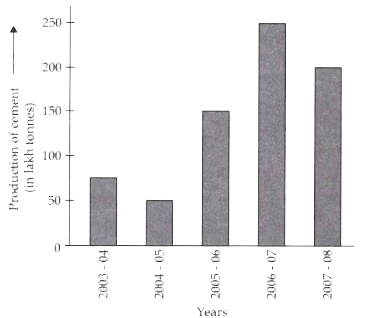Gene mutations alter the information conveyed by a………….
Step-by-Step Text Solution:
1. Understanding Gene Mutations: Gene mutations refer to changes in the nucleotide sequence of a gene. These changes can occur due to various reasons such as errors during DNA replication, exposure to radiation, or chemicals.
2. Types of Mutations: There are different types of mutations including deletions, insertions, and substitutions. Each of these can alter the original sequence of the gene.
3. Impact of Mutations: When a mutation occurs, it can change the information that the gene conveys. This information typically includes instructions for synthesizing proteins, which are essential for various functions in the body.
4. Example of Mutation: A specific example is the mutation from GUG to GAG in the hemoglobin gene. GUG normally codes for the amino acid valine, while GAG codes for glutamic acid. This change can lead to diseases such as sickle cell anemia, where the altered hemoglobin causes red blood cells to assume a sickle shape, affecting their ability to carry oxygen.
5. Conclusion: Therefore, gene mutations alter the information conveyed by a gene, which can lead to significant changes in the phenotype and can result in various genetic disorders.
---
Topper's Solved these Questions
- PRINCIPLES OF INHERITANCE AND VARIATIONBOOK - MODERN PUBLICATIONCHAPTER - PRINCIPLES OF INHERITANCE AND VARIATIONEXERCISE - MEMORY TEST (C.CHOOSE THE CORRECT ALTERNATIVE)
6 Videos
- PRINCIPLES OF INHERITANCE AND VARIATIONBOOK - MODERN PUBLICATIONCHAPTER - PRINCIPLES OF INHERITANCE AND VARIATIONEXERCISE - REVISION EXERCISES (MULTIPLE CHOICE QUESTIONS)
19 Videos
- PRINCIPLES OF INHERITANCE AND VARIATIONBOOK - MODERN PUBLICATIONCHAPTER - PRINCIPLES OF INHERITANCE AND VARIATIONEXERCISE - MEMORY TEST (A. SAY TRUE OR FALSE)
21 Videos
- ORGANISMS AND POPULATIONS BOOK - MODERN PUBLICATIONCHAPTER - ORGANISMS AND POPULATIONS EXERCISE - Chapter Practice Test (Section - E)
2 Videos
- REPRODUCTION IN ORGANISMSBOOK - MODERN PUBLICATIONCHAPTER - REPRODUCTION IN ORGANISMSEXERCISE - CHAPTER PRACTICE TEST (SECTION - C)
3 Videos
Similar Questions
Knowledge Check
Gene mutation is :
Amutation in the genes of DNABmutation in the chromosomesCmutation in the chromosomesDchange in the sequence of nitrogenous basesGene mutation means
AChange in base pairs of the geneBaddition of a base pair in the geneCremoval of a base pair in the geneDall of the aboveGene mutation is due to :
ARandom segregationBchange in base sequenceClinkage and corssing overDchange in sequence of cistrons in DNA

